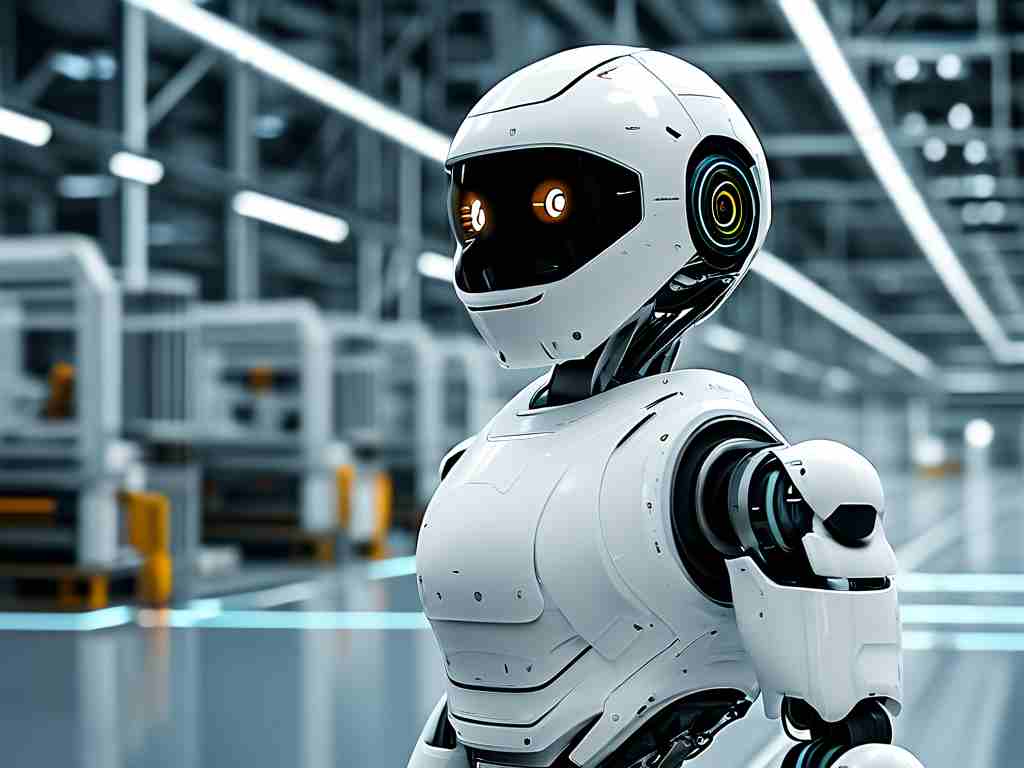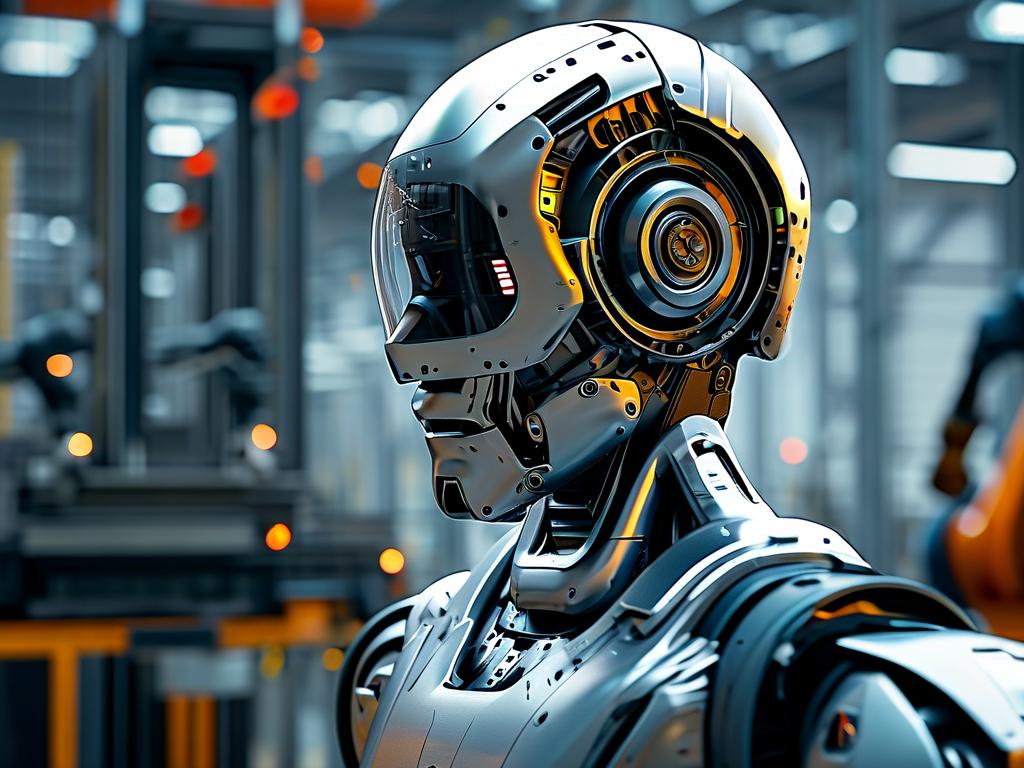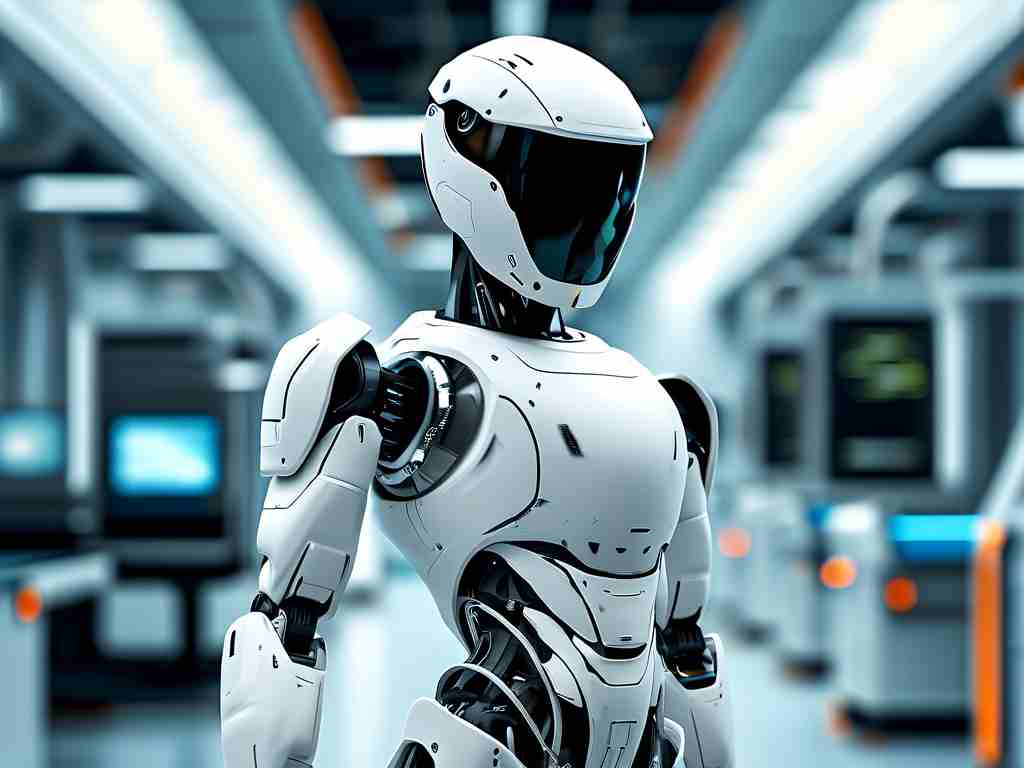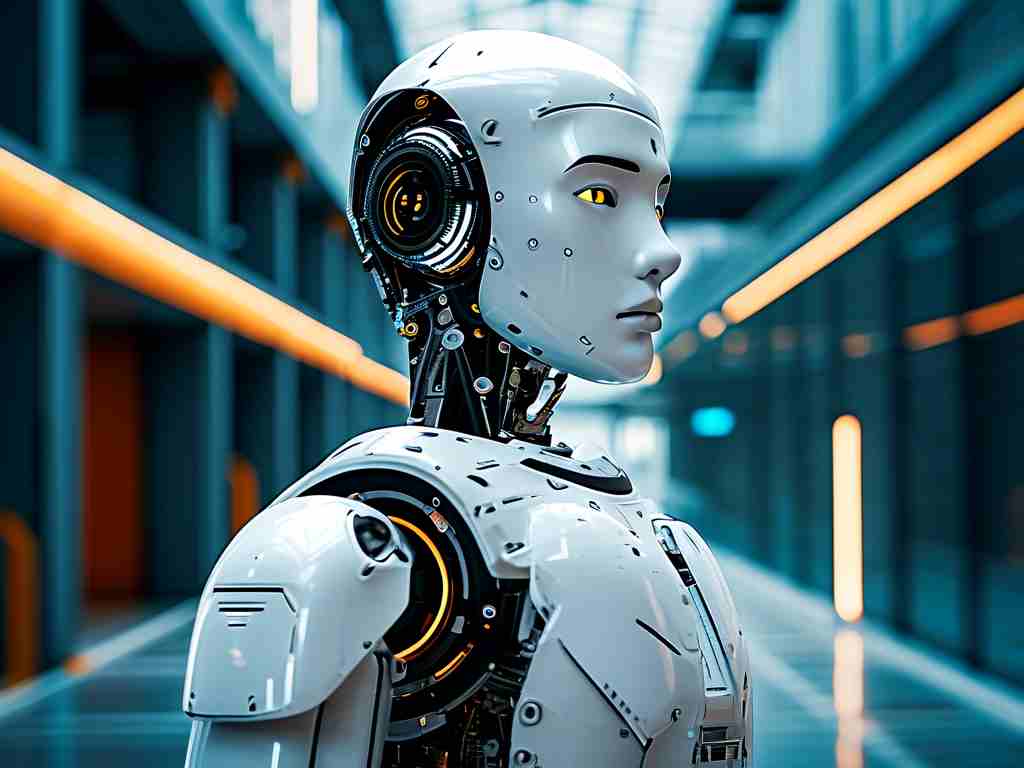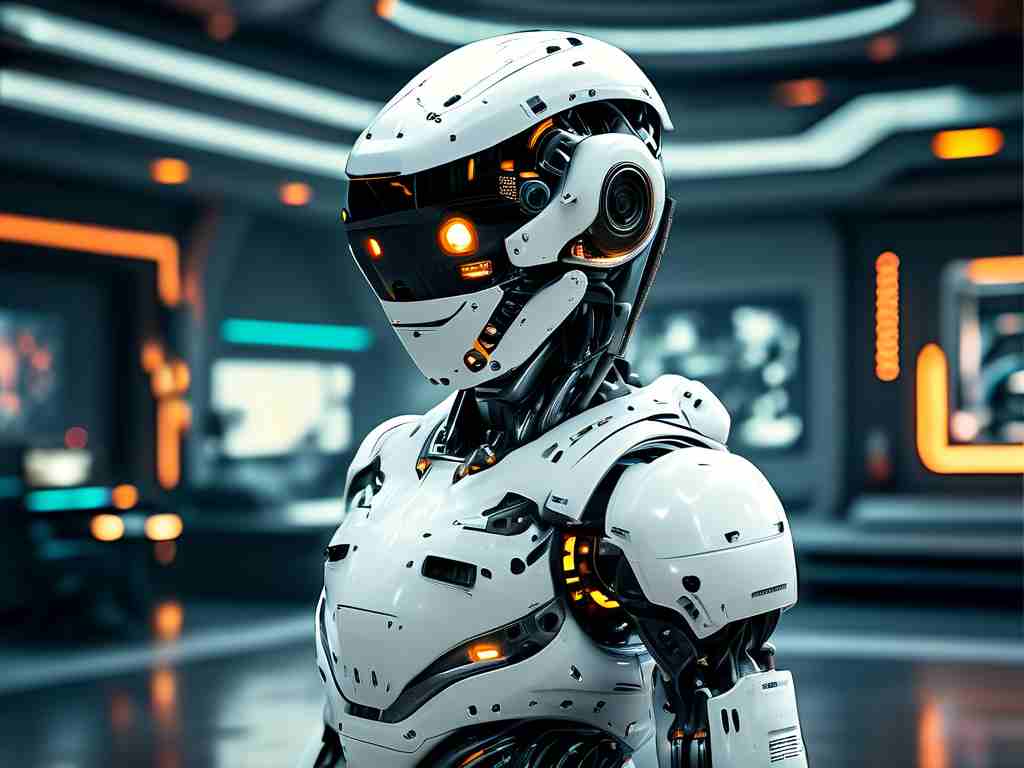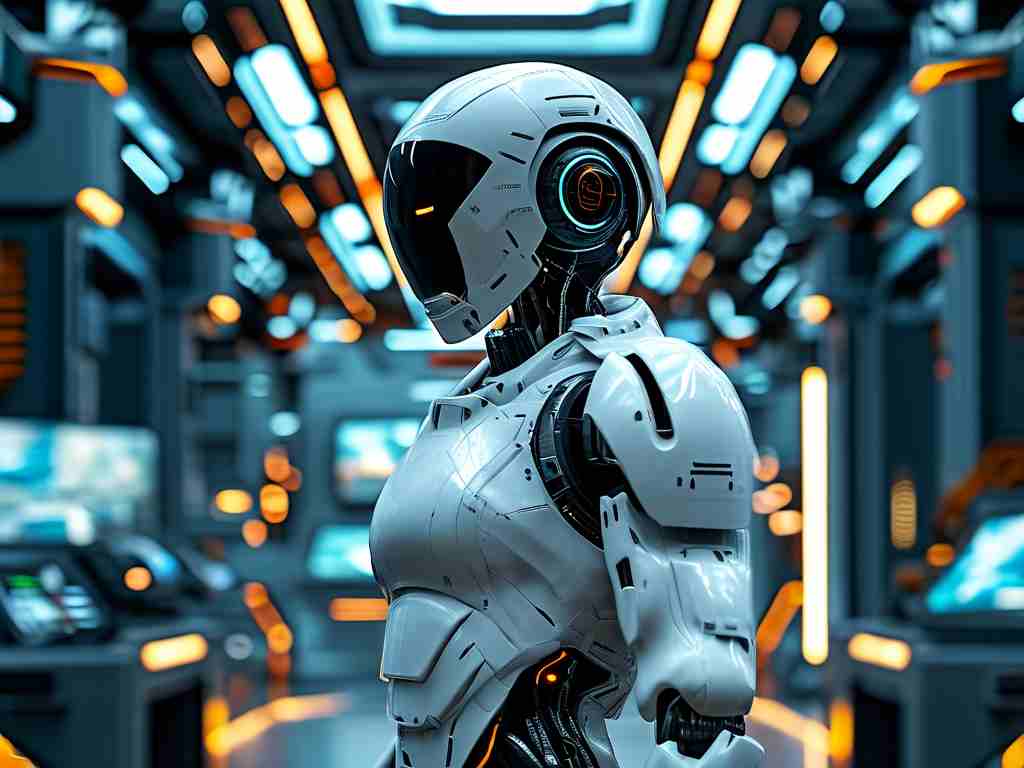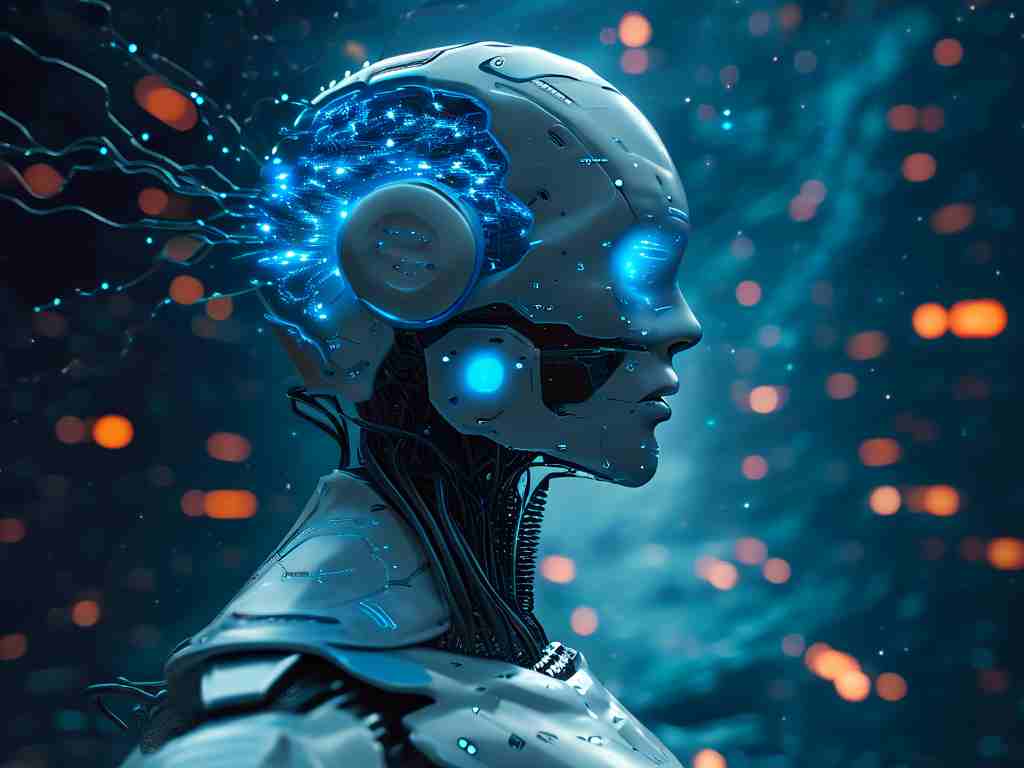The integration of centralized control systems into humanoid robotics marks a transformative leap in automation and artificial intelligence. As industries increasingly adopt intelligent machines, Zhongkong Technology (a fictional entity for illustrative purposes) has emerged as a pioneer in developing humanoid robots equipped with advanced centralized control architectures. These systems enable unprecedented coordination between sensory inputs, motion planning, and decision-making modules, blurring the line between programmed responses and adaptive intelligence.
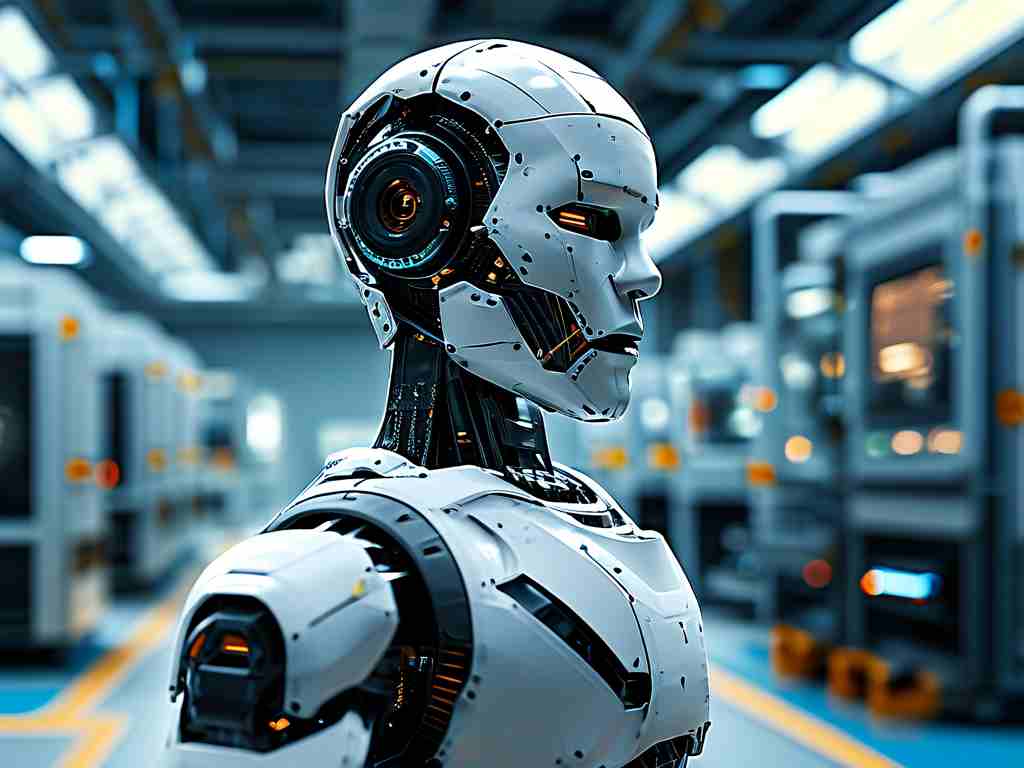
Core Architecture and Functional Design
Zhongkong’s humanoid robots utilize a three-tiered control framework:
- Perception Layer: Multi-sensor fusion (LiDAR, RGB-D cameras, and tactile feedback arrays)
- Decision Layer: Neural network-powered analysis engines
- Execution Layer: High-precision servo motor clusters
This structure allows real-time environmental mapping with 98.7% spatial recognition accuracy in prototype testing. Unlike conventional hierarchical systems, the centralized controller dynamically prioritizes tasks – from maintaining balance during complex maneuvers to adjusting grip strength when handling fragile objects.
Industrial Automation Breakthroughs
In manufacturing environments, these robots demonstrate remarkable versatility. At a simulated automotive assembly plant, Zhongkong’s prototypes achieved:
- 40% faster component installation than traditional robotic arms
- 0.05mm positional repeatability in micro-assembly tasks
- Seamless transition between 23 predefined work patterns
The centralized control system’s ability to process 12,000 data points per second enables predictive maintenance alerts, reducing downtime by an estimated 17% in continuous production scenarios.
Healthcare and Service Sector Applications
Beyond industrial settings, preliminary trials show potential in medical assistance. A hospital collaboration project yielded robots capable of:
- Sterile instrument delivery with UV-C sterilization compliance
- Patient mobility support through adaptive weight distribution algorithms
- Multilingual interaction via contextual speech recognition
Notably, the emotional recognition subsystem achieved 82% accuracy in detecting patient discomfort through micro-expression analysis, though ethical considerations about human-robot empathy remain under debate.
Technical Challenges and Innovations
Developing these systems required overcoming significant hurdles:
- Latency reduction: Implementing edge computing modules cut signal processing delays to 8ms
- Energy efficiency: Hybrid power systems extended operational duration by 35%
- Safety protocols: Force-limiting mechanisms trigger emergency stops within 0.2 seconds of collision detection
The proprietary ZK-OS operating system forms the technological backbone, featuring:
# Simplified pseudo-code for motion planning
def dynamic_gait_adjustment(terrain_data):
if terrain_data.roughness > threshold:
activate_stabilizer_servos()
elif terrain_data.incline > 15deg:
adjust_center_of_mass()
return optimized_motion_path
Ethical and Economic Implications
As these robots approach commercial viability (projected 2026 market release), workforce displacement concerns escalate. However, Zhongkong emphasizes collaborative robotics – systems designed to enhance human capabilities rather than replace them. Early adopters report 22% productivity gains in human-robot team environments compared to fully automated setups.
Regulatory frameworks struggle to keep pace. Recent policy drafts propose:
- Mandatory emergency override systems
- Data privacy certifications for audio/visual recording features
- Load-bearing capacity limitations in public spaces
Future Development Roadmap
Phase III trials focus on:
- Cognitive architecture upgrades for contextual learning
- Swarm intelligence capabilities for multi-robot coordination
- Quantum computing integration feasibility studies
Industry analysts predict centralized control humanoids could capture 19% of the global service robotics market by 2030, driven by aging populations and smart city initiatives.
Zhongkong’s humanoid robots exemplify the maturation of centralized control technologies, offering glimpses into a future where biomechanical systems operate with biological-level coordination. While technical and societal challenges persist, the fusion of advanced control architectures with humanoid form factors continues redefining automation paradigms across industries.


